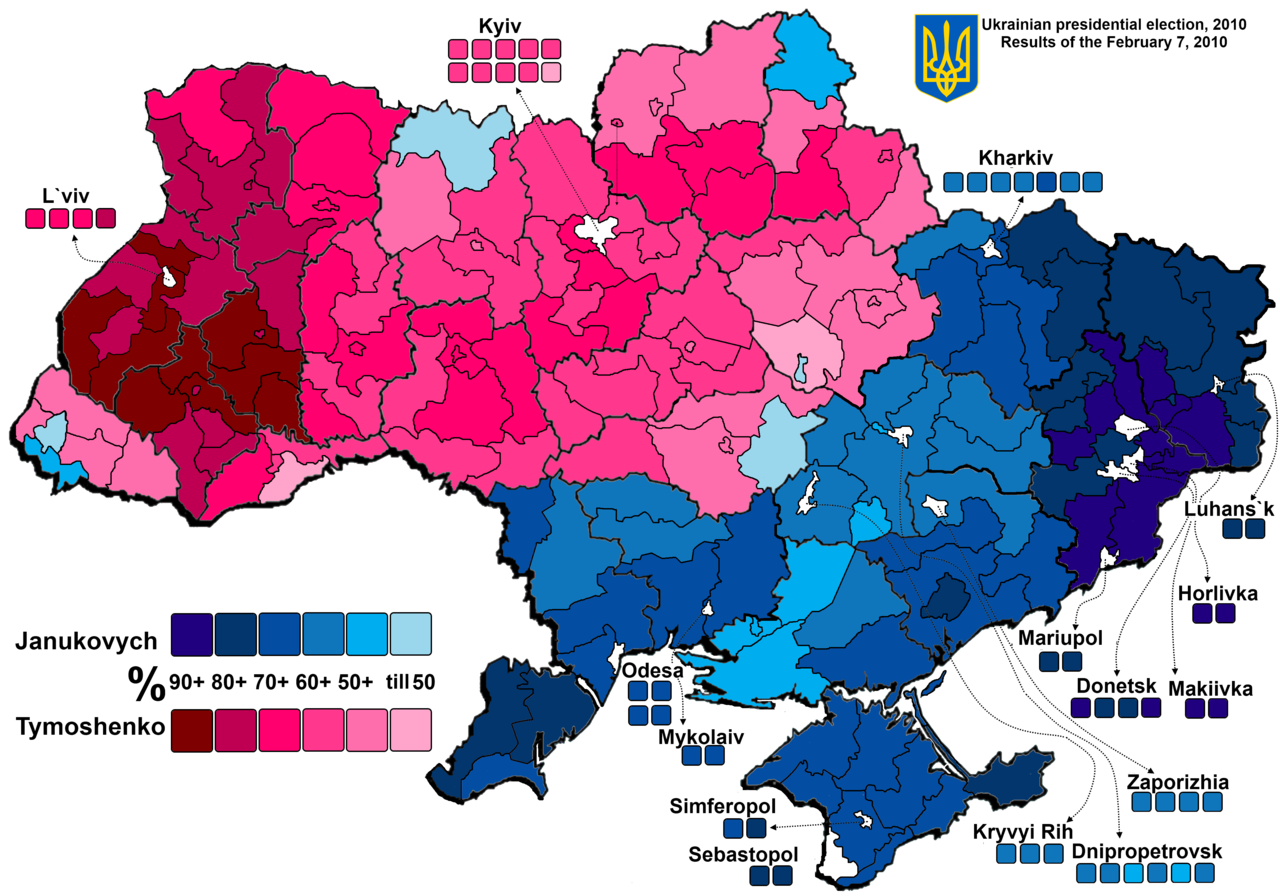golden sloth said:
An interesting speech from the Australian Institute of International Affairs and Richard Iron. He provides a strategic analysis of the current war the key points within the first 10 minutes:
1. Russia's winter offensive failed.
2. The territorial gains made were trivial and at high cost.
3. The primary reason for Russia's failure was lack of concentrated artillery support, and specifically a lack of artillery shells in support of their infantry.
4. Russia started the war with 18 million shells, and used 10 million in the first year. The Russian industrial base can manufacturer 2 million a year tops. Russia has therefore rationed their shell use.
5. Russia is also struggling with the logistics of supplying shells. The western himars forced Russia to push their ammunition depots farther from the front lines and the trucks used to transport the ammo are highly vulnerable to attack and now need to travel farther distances meaning greater exposure.
6. This resulted in high casualties on the front lines. The men supplied by the mobilization in the fall have been expended, and the new voluntary mobilization is not sufficient in replacing the losses.
7. Due to the high losses Russia has no or limited reserves on the front line.
8. Russia's current state does not mean Ukraine will be successful in their counter offensive.
This source is fairly typical of NATO spin-driven content. Here are some of the main falsehoods and elements of spin:
- There never was a Russian winter offensive, not because of a failure to launch, but by design:
Quote:
Surovikin's strategy and mandate can be summarized as switching to strategic defense on all fronts, with the possibility of diversionary attacks and local tactical offensives to improve Russia's positions. Russia intends to build a solid and durable line of defense in the territories it has occupied in order to prevent any major breaches by the Ukrainian armed forces or any further shifts in the new borders.
In other words, Russia aims to put a stop to the intensive fighting before winter sets in, effectively freezing the conflict and retaining the territorial gains it has made so far.
https://carnegieendowment.org/politika/88301Surovikin favors a strategy where the Russians exploit their huge advantage in firepower, a more static artillery duel where they have an 8 to 1 edge in volume.
2 - Russia's main goal in this war is to destroy Ukraine's army, plain and simple. It is the von Clausewitz military doctrine. Once you destroy your opponent's army, you will have free reign to impose your political will on him, and further territorial gains could be achieved at far lower losses.
Once again, there is where the biggest disconnect lies in this war, the real picture of highly disproportionate Ukrainian losses has been hidden.
3- As ML pointed out, Russia doesn't have serious ammunition issues, even the aussie analyst acknowledges that they still have up to 8M shells in reserve, with an annual production of 2M. And even at this production level, Russia still has unused production capacity and can ramp output up significantly within a year or two.
All of NATO combined has fewer than 500k shells on hand, and
NATO's entire annual production is less than 200k, about 1/10th of Russian production levels. South Korea and maybe Pakistan have been the current stopgap supplier, but their supplies are limited as they cannot completely deplete their reserves, unlike NATO countries like Germany, Italy or France that have practically sent their entire inventory to Kiev.
Russia also produces currently more tanks than all of NATO combined, around 1.500/year. The Soviets had a production capacity of 4,000/year, so the Russians can even increase that current level.
5/6- Also addressing U2Sucks post above: Ukraine's capacity to strike deep into Russian supply lines is very limited, due to the fact that the Russians have been successfully jamming US_supplied GPS-guided HIMARS. This is a point that even CNN has recently acknowledged:
https://www.cnn.com/2023/05/05/politics/russia-jamming-himars-rockets-ukraine/index.htmlQuote:
WashingtonCNN
Russia has been thwarting US-made mobile rocket systems in Ukraine more frequently in recent months, using electronic jammers to throw off its GPS guided targeting system to cause rockets to miss their targets, multiple people briefed on the matter told CNN.
...in recent months, the systems have been rendered increasingly less effective by the Russians' intensive blocking, five US, British and Ukrainian sources tell CNN, forcing US and Ukrainian officials to find ways to tweak the HIMARS' software to counter the evolving Russian jamming efforts.
Russia on the other hand has high numbers of its own HIMARS equivalents, and along with Lancet drones and stepped up long-distance glide bomb attacks from fighter-bombers, it has been successfully targeting Ukrainian supply lines, which further aggravated Ukraine's lack of ammunition and military equipment.










